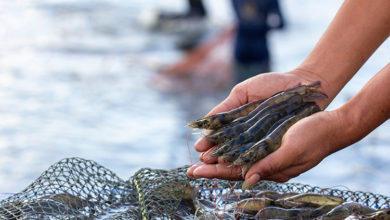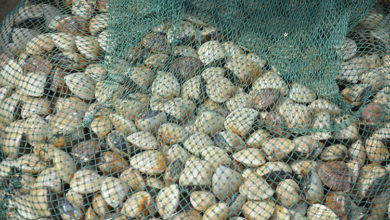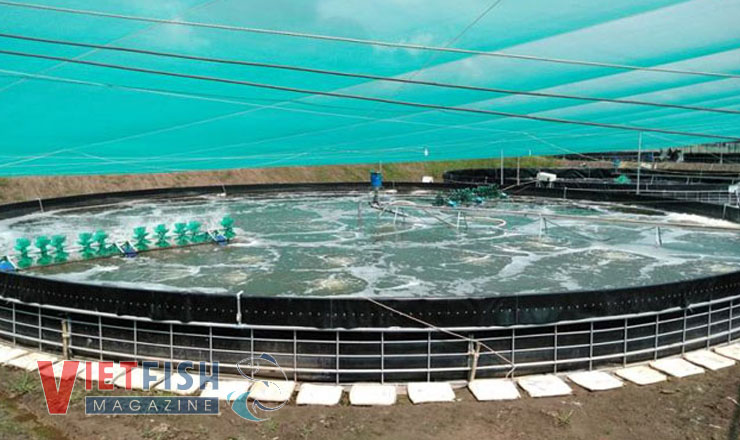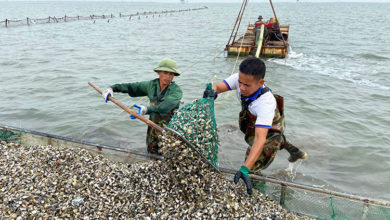Ca Mau high-efficiency static water shrimp farming
The static water shrimp farming model adopted by farmers in Ca Mau has proven to be economically effective, contributing to increased household income while also minimizing environmental pollution and reducing the risk of disease outbreaks in aquaculture.
Ca Mau is known for its diverse and successful economic models, among which static water shrimp farming stands out. This method involves no water exchange; instead, traditional traps (lú) are used to harvest shrimp and crabs. By maintaining a stable aquatic environment, this approach prevents water contamination and helps limit the spread of diseases, thereby creating favorable conditions for the growth and adaptation of cultured species.
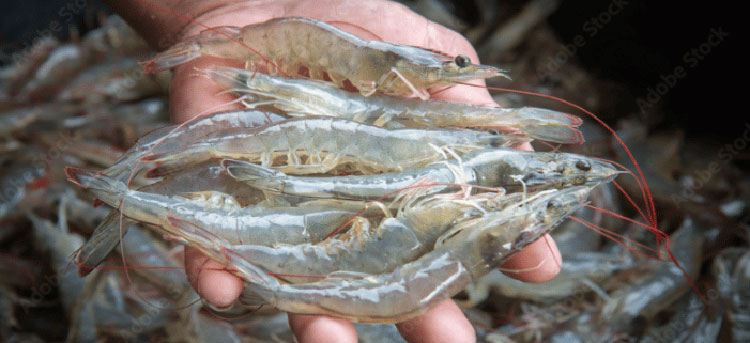
Farmer Tran Quoc Kha from Ca Mau City shared that the static water shrimp farming model suits local conditions well and has been widely adopted. “In many places, farmers drain ponds to harvest, leading to frequent water changes. If the new water is polluted, it can cause disease outbreaks. With the static water method, water is added at the start of the cycle and treated with probiotics to improve quality before stocking. Throughout the culture period, water is not exchanged regularly; instead, it is only replenished to compensate for losses due to evaporation or seepage, thereby maintaining environmental stability. At harvest, shrimp and crabs are collected using traps instead of draining the pond. This method lowers input costs, improves efficiency, and boosts farmers’ incomes,” Kha said.
Kha shared that he manages approximately 3.000 m² of aquaculture ponds using the static water model. His monthly income from shrimp and crab ranges from VND 5 to 7 million. Although modest, this is considered a “bumper season” given the limited farming area. Additionally, he sells tilapia to local residents for use as feed in crab farming.
Farmer Tran Thanh Phong from Cai Nuoc District reported that the static water shrimp farming model has provided his family with a stable livelihood, thanks to low input costs and high efficiency. On his 1-hectare plot, the model yields a monthly profit of approximately VND 12 to 15 million. The tilapia raised within the pond system also serve as a daily food source, helping reduce household expenses.
Phong shared that in addition to farming shrimp, he also raises mud crabs and cultivates rice on the same plot of land to diversify income. As a result, his 1-hectare farm generates an annual revenue of approximately VND 150-200 million.
According to aquaculture engineer Dinh Hai Dang (Ca Mau), the static water shrimp farming model is well-suited for small-scale farmers with limited land, capital, and technical capacity. This method is environmentally friendly, facilitates disease control, and delivers solid economic returns. In areas with polluted water sources, integrating static water culture with probiotics and promoting natural feed production proves more effective than conventional water exchange systems. Furthermore, in farming areas without mangrove coverage, this approach helps reduce operational costs while increasing profitability.
Cà Mau boasts the largest shrimp farming area in Vietnam, covering approximately 280,000 hectares. Of this, over 86,000 hectares are dedicated to integrated farming models such as shrimp-rice, shrimp-mangrove, and shrimp-crab-fish systems. Nearly 186,000 hectares are operated under improved extensive farming, while around 6,700 hectares are intensive and super-intensive farms. The average yield reaches 837 kilograms per hectare per year, with an annual output of approximately 242,810 tonnes.
The province aims to maintain a stable farming area while promoting farming models tailored to specific ecological zones. It is also prioritizing the adoption of advanced technologies and international standards in shrimp production.
VFM


